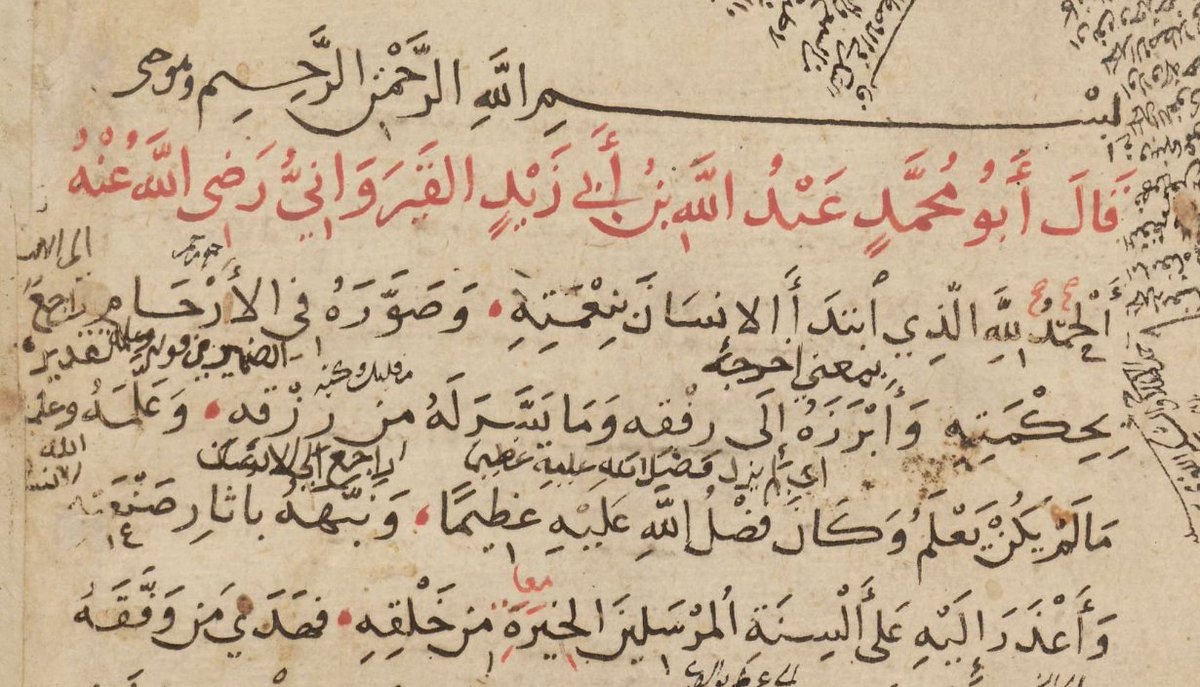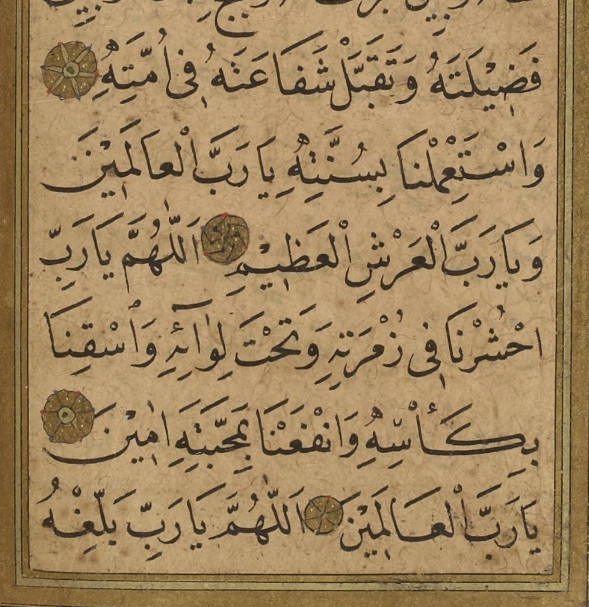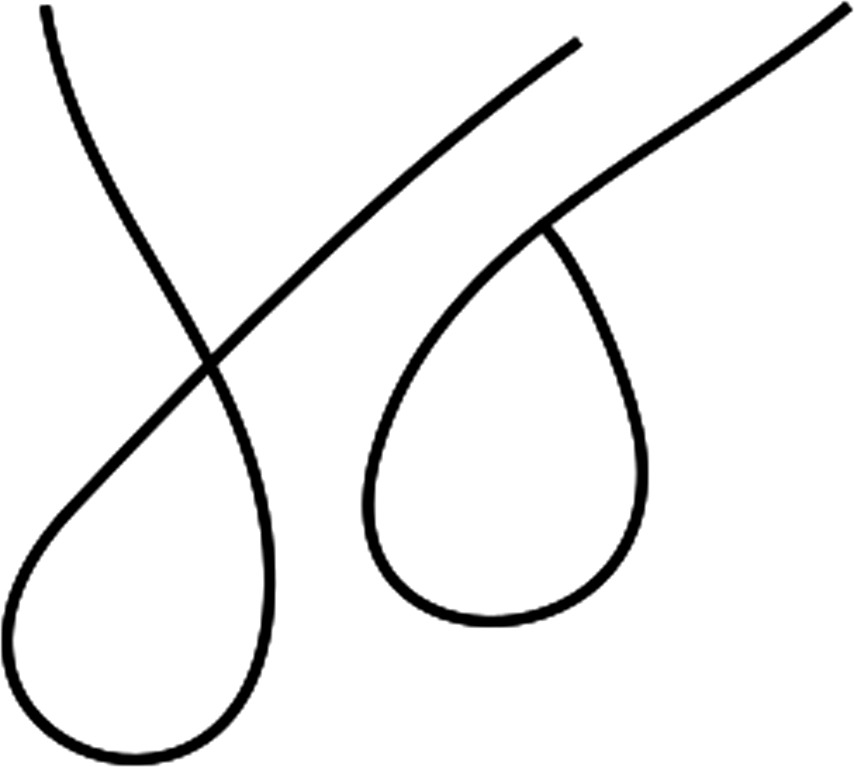nquran.com/ar/index.php?g…
Early grammarians indeed seemed to recognize the shortened forms as options, and see is as a typically Najdi feature to do so. In Quranic recitation such forms are fairly widespread.
nquran.com/ar/index.php?g…

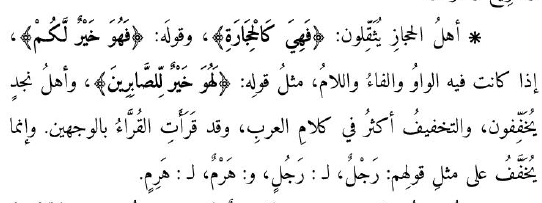
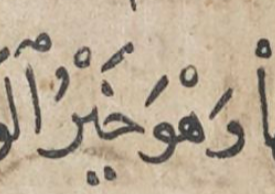
gallica.bnf.fr/ark:/12148/btv…
ko-fi.com/phdnix.
If you want to support me in a more integral way, you can become a patron on Patreon!
patreon.com/PhDniX















